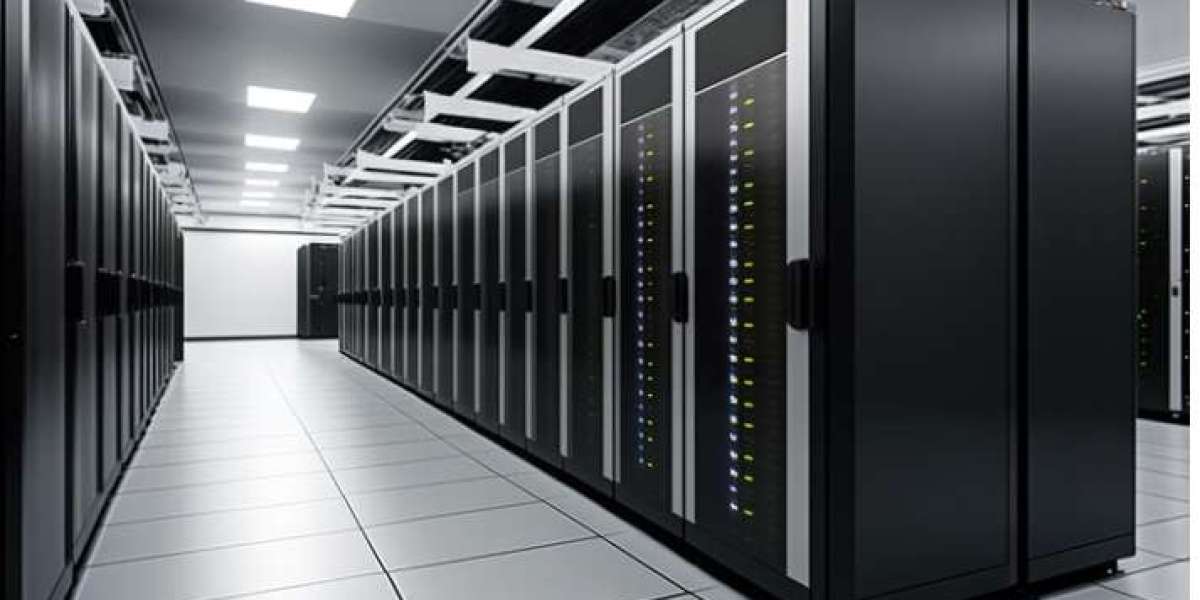Imagine losing your personal photos, important work documents, or treasured digital memories due to hardware failure, theft, or even simple human error. Data loss can happen to anyone, but there’s a solution that not only safeguards your files but also gives you greater control over how they’re stored and accessed—Network Attached Storage (NAS).
This blog will introduce you to NAS solutions, explain how they work, and highlight why they’re an essential investment for anyone looking to protect their digital assets. By the end, you’ll have all the information you need to determine if NAS is right for you and how to choose the best option for your needs.
What Is Network Attached Storage (NAS)?
At its core, Network Attached Storage is a type of storage device connected to your home or office network, making it easily accessible to all devices on that network. Unlike traditional external hard drives, NAS devices are designed to provide flexible, centralized storage that can be used by multiple users or devices.
Think of network attached storage as your personal cloud storage system—you can store, organize, and retrieve your files from any device connected to your network, all without the ongoing costs or limitations of third-party cloud services.
How Does a NAS Solution Work?
A NAS device contains one or more hard drives housed inside a dedicated enclosure. This enclosure connects to your local network, usually via an Ethernet cable. Once set up, devices such as computers, smartphones, or tablets on the same network can access the NAS.
Many modern NAS solutions come with intuitive software interfaces that allow you to manage permissions, automate backups, or even stream files directly to connected devices. They bring the sophistication of enterprise-level storage to homes, small businesses, and freelancers.
Why Do You Need a NAS Solution?
You might be thinking, “Why not just use my external hard drive or cloud storage account?” While these options are great for specific use cases, NAS offers several distinct advantages that make it an ideal choice for individuals and businesses alike.
1. Data Security
NAS systems often support data redundancy through RAID (Redundant Array of Independent Disks). This means that even if one drive fails, your information remains intact, as it’s mirrored across other drives. Unlike a single external hard drive, NAS reduces the risk of catastrophic data loss.
2. Centralized File Storage
Instead of juggling data across different devices, NAS allows you to centralize all your files in one secure location. This eliminates duplication, makes it easier to organize your data, and ensures every device in your network has instant access to the latest versions of your files.
3. Scalability
NAS systems grow with your needs. You can start with a smaller setup and add more storage drives as your data requirements increase, giving you long-term flexibility without overspending.
4. Cost Efficiency Compared to Cloud Storage
While cloud storage services charge recurring fees based on storage size, NAS is a one-time investment. For heavy storage users, the costs of cloud services can quickly add up. NAS solutions allow you to save money while maintaining complete control over your files.
5. Data Privacy and Control
Using third-party cloud storage means trusting external companies to secure your data, but with NAS, you’re in full control. This is especially valuable for sensitive business documents or personal files you want to keep private.
6. Access Your Files Anywhere
Modern NAS devices come equipped with remote access features, allowing you to retrieve files on the go. Whether you’re working from the office or traveling, your data is always within reach.
7. Collaborative Capabilities
For businesses, NAS serves as an excellent collaboration hub. Employees can share, edit, and back up documents seamlessly, improving workplace productivity.
Choosing the Right NAS Solution
When shopping for a NAS device, consider these key factors to ensure it meets your specific needs.
1. Storage Capacity
Think about your current and future storage needs. NAS devices come with varying numbers of bays (the slots that hold hard drives), ranging from 2 bays for personal use to 8 or more for businesses. More bays mean more storage and the ability to configure advanced RAID options.
2. Performance and Speed
If you’re working with large files such as videos or high-resolution images, opt for a NAS device with faster read/write speeds and adequate RAM. Look for models with SSD compatibility for maximum performance.
3. Back-Up Features
Choose a NAS solution that supports automated backups for your devices. This ensures your files are safe with minimal effort, allowing you to schedule backups at intervals that suit your workflow.
4. Integration with Your Devices
Check whether the NAS device is compatible with your operating systems and devices. Many models offer apps for Android and iOS, making it easier to manage and access files on the go.
5. Ease of Use
Look for a NAS with a user-friendly interface, especially if you’re new to this technology. Many brands offer web-based portals and apps that simplify setup and management.
6. Budget
While there are high-performance NAS solutions priced for enterprises, there are also affordable yet capable models for casual users. Factor in the cost of hard drives (sold separately) when determining your budget.
Common Uses for NAS Solutions
Wondering how you can use a NAS beyond basic storage? Here are a few practical applications that show its versatility:
- Backing Up Your Data: Automate daily or weekly backups across all devices.
- Media Server: Stream your favorite movies, music, or TV shows directly to smart TVs or gaming consoles, thanks to platforms like Plex, which integrate seamlessly with NAS systems.
- Photo Storage and Editing: Centralize your high-res images for easy editing and safe archiving.
- Small Business File Sharing: Enable team collaboration with shared folders and document versioning.
- Surveillance: Connect your security cameras to a NAS for reliable storage of video footage.
How to Get Started with a NAS Solution?
Setting up a NAS may seem intimidating, but it’s simpler than you might think. Here's a quick guide to help you get started:
- Choose a NAS device based on the factors discussed earlier.
- Purchase hard drives, ensuring compatibility with your NAS model.
- Install the drives into your NAS enclosure following the manufacturer’s instructions.
- Connect the NAS to your router using an Ethernet cable.
- Follow the setup guide, which usually involves accessing the NAS interface through a web browser or app.
- Customize your settings, such as creating user profiles, configuring RAID options, and scheduling backups.
- Start transferring your files and enjoy peace of mind knowing your data is secure and accessible.
Why Network Attached Storage Is a Smart Choice?
Investing in a reliable NAS solution is one of the best ways to protect your files and streamline your digital life. Whether you’re a photographer safeguarding your portfolio, a small business managing shared documents, or a tech-savvy individual looking to transition away from cloud dependence, NAS ensures your files are secure, private, and always accessible.
Take control of your data today—explore the wide range of NAS solutions available and see how they can fit into your personal or professional life. The right NAS system will not only protect your files but also open up new possibilities for how you work and play with your data.



